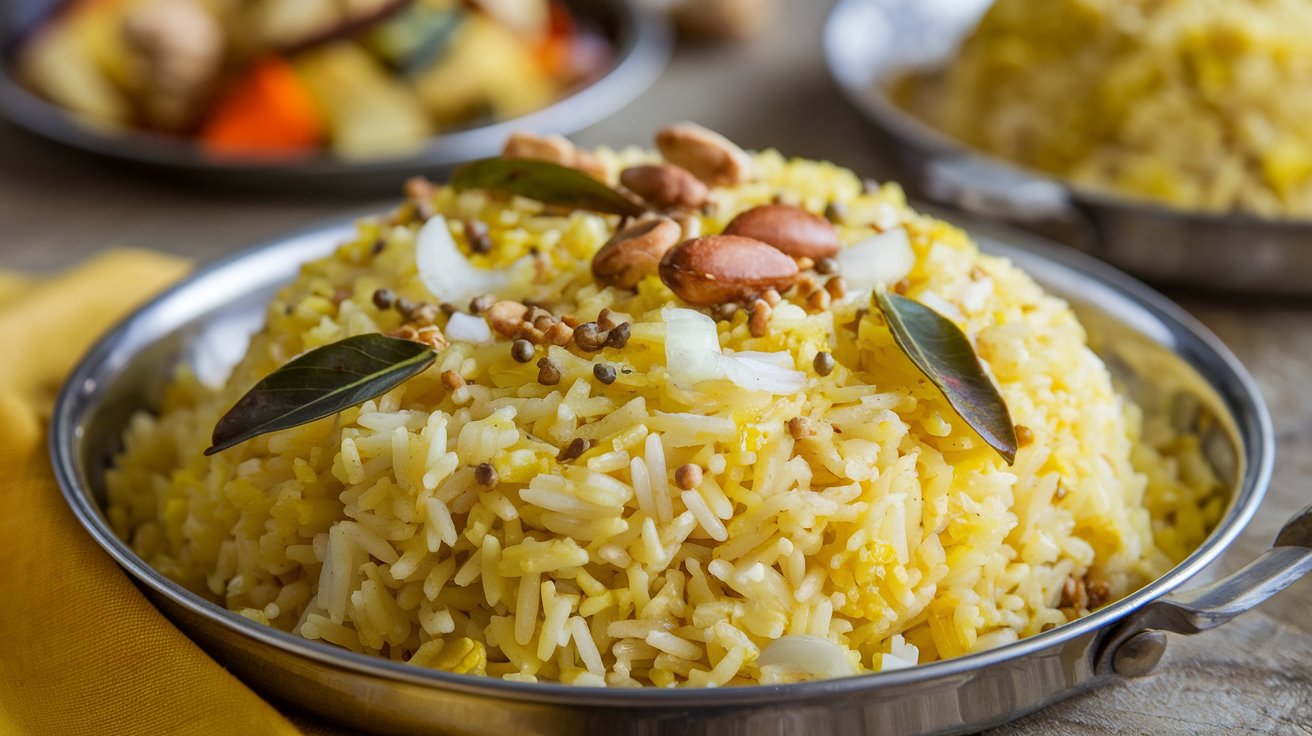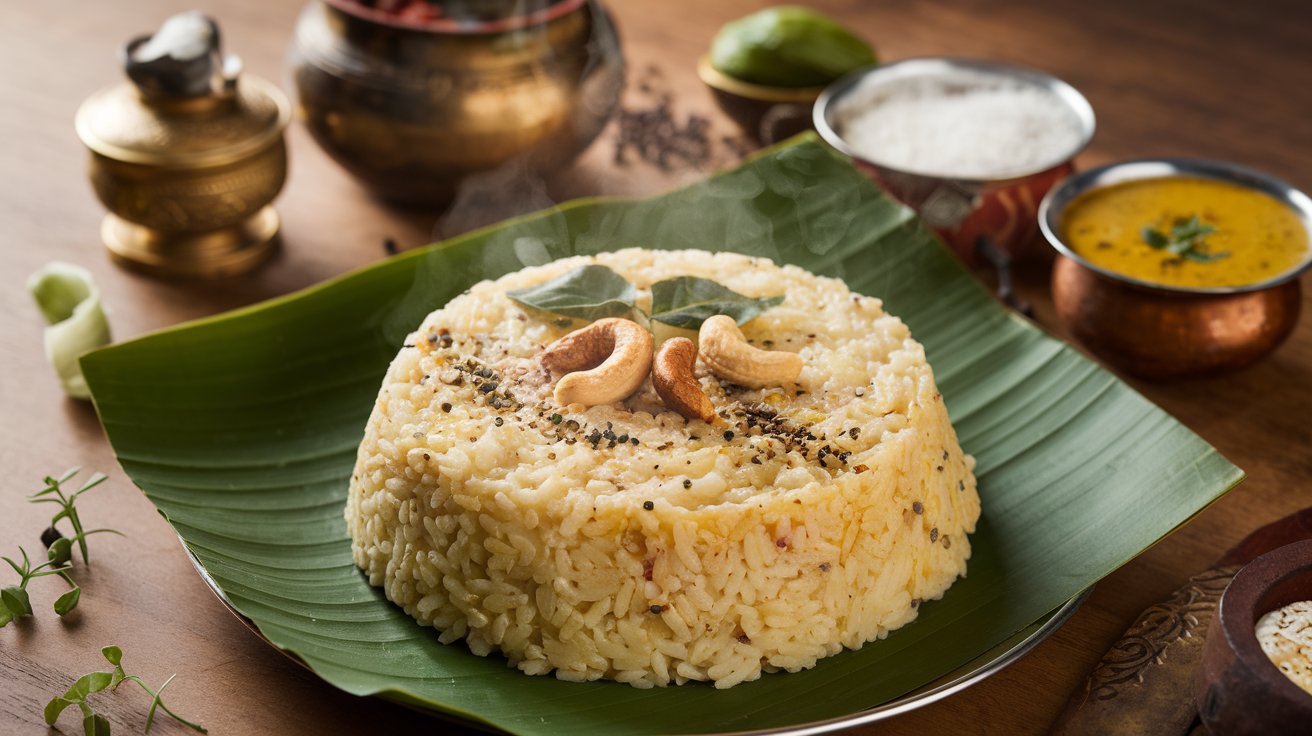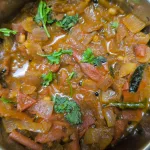

Join the Newsletter
Dive into quick, nutritious recipes, expert health tips, local food finds, and the latest in nutrition. Let’s explore healthier living together!
Your Go-To Protein Food List: Eating for Strength and Energy
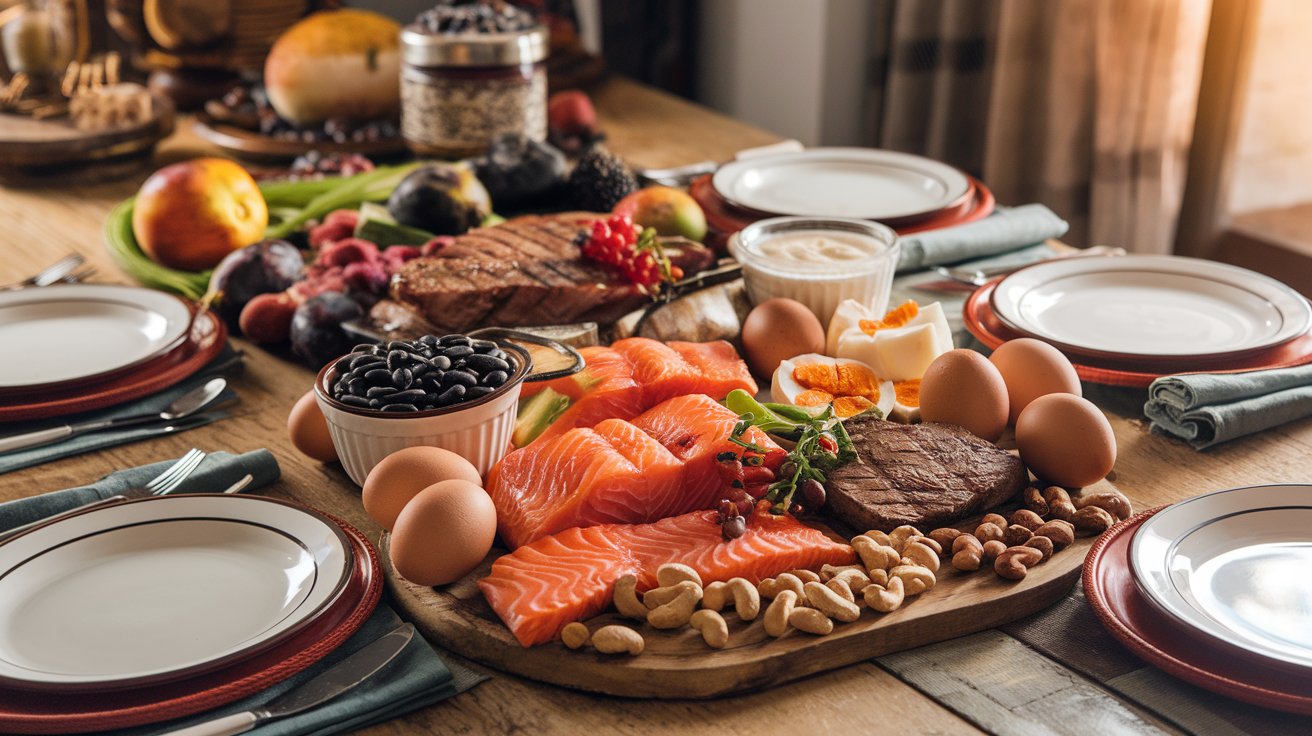
Affiliate Disclosure
Before reading this post, please be aware that some links in this article are affiliate links. This means that if you click on one of these links and make a purchase, we may earn a commission at no additional cost to you. We only promote products and services that we believe will be beneficial to our readers.
For more information, please read our full Affiliate Disclosure.
No products found.
Protein is an essential macronutrient that plays a key role in promoting energy, muscle strength, and overall well-being. Whether you’re an athlete looking to build muscle, someone aiming to manage your weight, or simply focusing on a balanced diet, a solid protein food list can help you meet your nutritional goals. This article explores a variety of protein-rich foods, explains their benefits, and offers guidance on how to include them in your daily meals.
1. Introduction to Protein Foods
Protein serves as the building block of your body’s cells, tissues, and muscles. It’s involved in almost every vital process, including hormone regulation, immune response, and the repair of tissues. For those looking to increase strength, energy, or muscle mass, protein is critical. A well-rounded protein food list will include both animal-based and plant-based sources to ensure you meet your body’s protein needs efficiently.
2. Animal-Based Protein Sources
Animal products are among the richest sources of complete protein food list, meaning they contain all nine essential amino acids your body needs.
- Meat: Beef, pork, and lamb are rich in protein and also provide essential nutrients like iron and vitamin B12.
- Poultry: Chicken and turkey are leaner options, offering a high-protein content with lower fat levels.
- Fish : salmon, tuna, and cod are fantastic sources of protein. Fatty fish like salmon also deliver healthy omega-3 fatty acids.
- Eggs: One of the most versatile and affordable sources of protein, eggs contain all the essential amino acids your body requires.
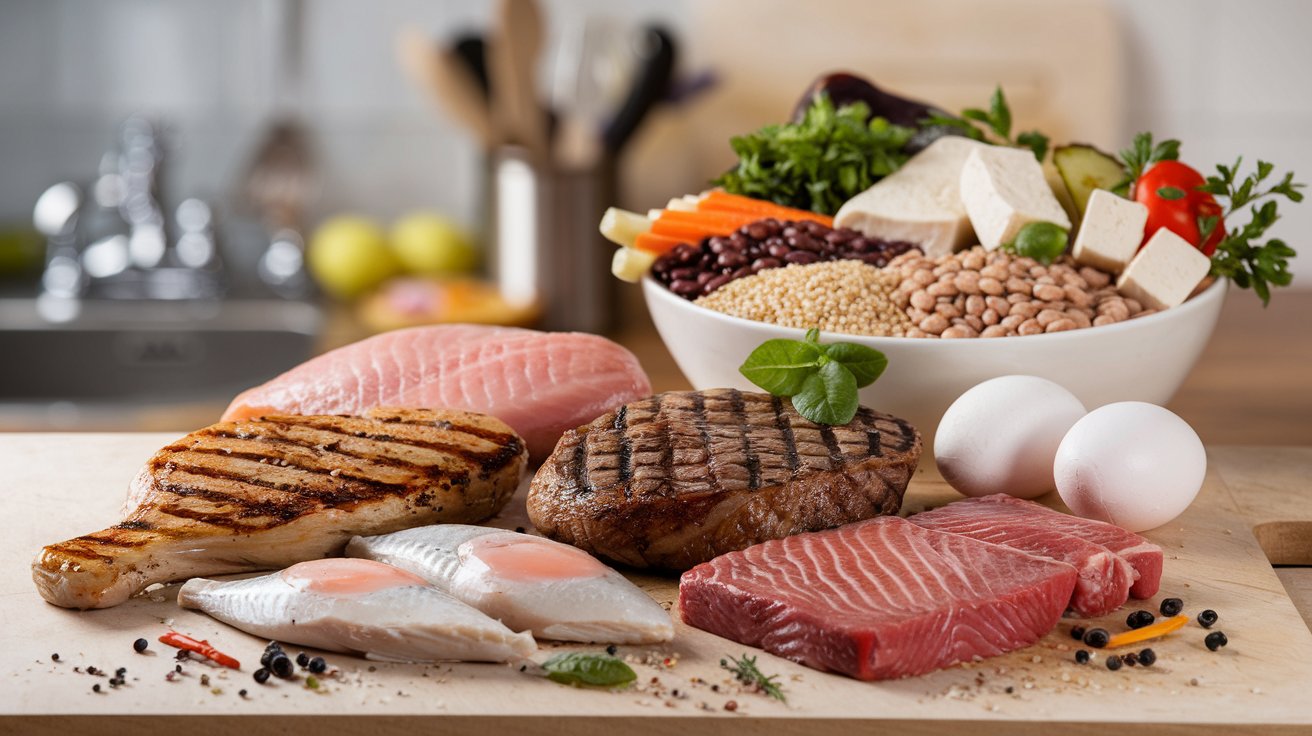
3. Plant-Based Protein Sources
For vegetarians or those who prefer plant-based diets, there are many excellent protein food list sources that can meet your dietary needs.
- Beans and Legumes: Lentils, chickpeas, and black beans are protein-packed and fiber-rich.
- Tofu and Tempeh: These soy-based products are high in protein and can be used in a variety of dishes.
- Quinoa: Unlike most plant-based foods, quinoa is a complete protein, providing all essential amino acids.
4. Dairy Protein Sources
Dairy products are not only rich in protein but also provide calcium, which is essential for bone health.
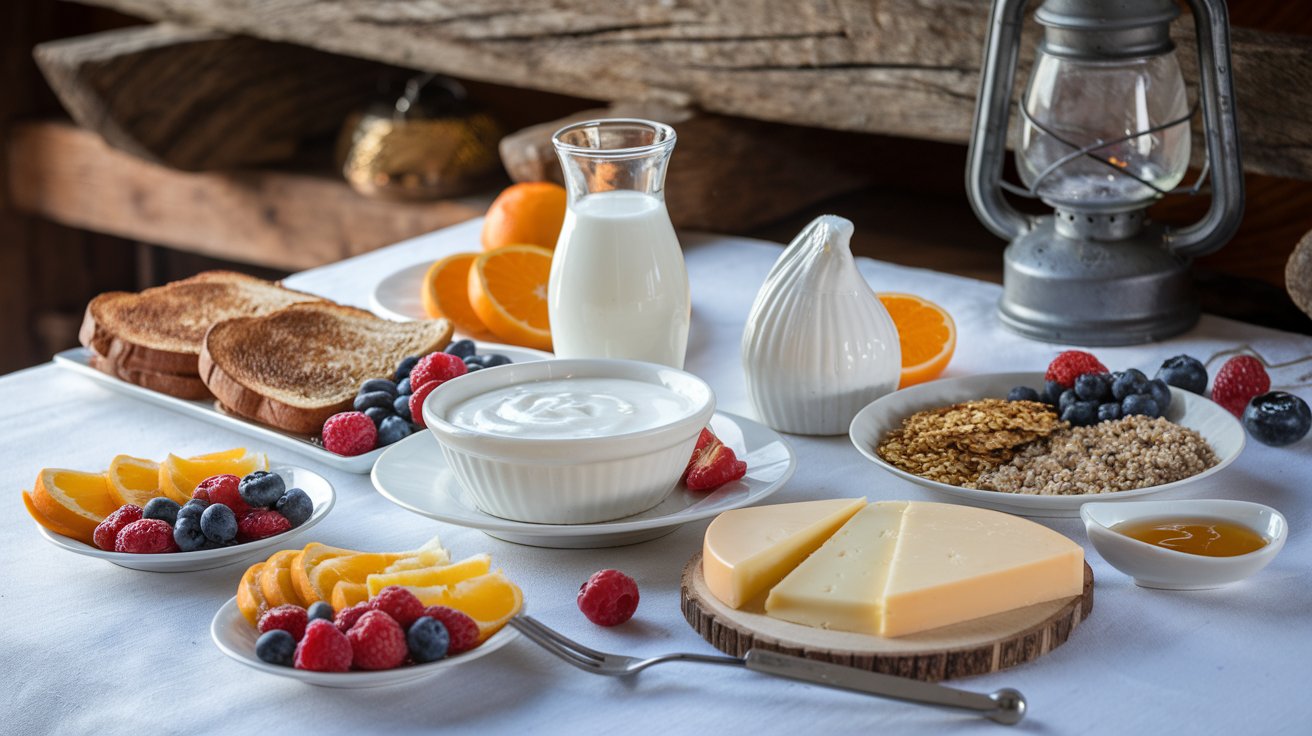
- Milk: A cup of milk contains about 8 grams of protein, making it a good option for a quick protein boost.
- Cheese: Cottage cheese, mozzarella, and cheddar are packed with protein, though they can also be high in fat.
- Yogurt: Greek yogurt, in particular, is a protein powerhouse, with 10–20 grams of protein per serving.
5. Nuts and Seeds for Protein
Nuts and seeds offer both protein and healthy fats, making them an excellent addition to any diet.
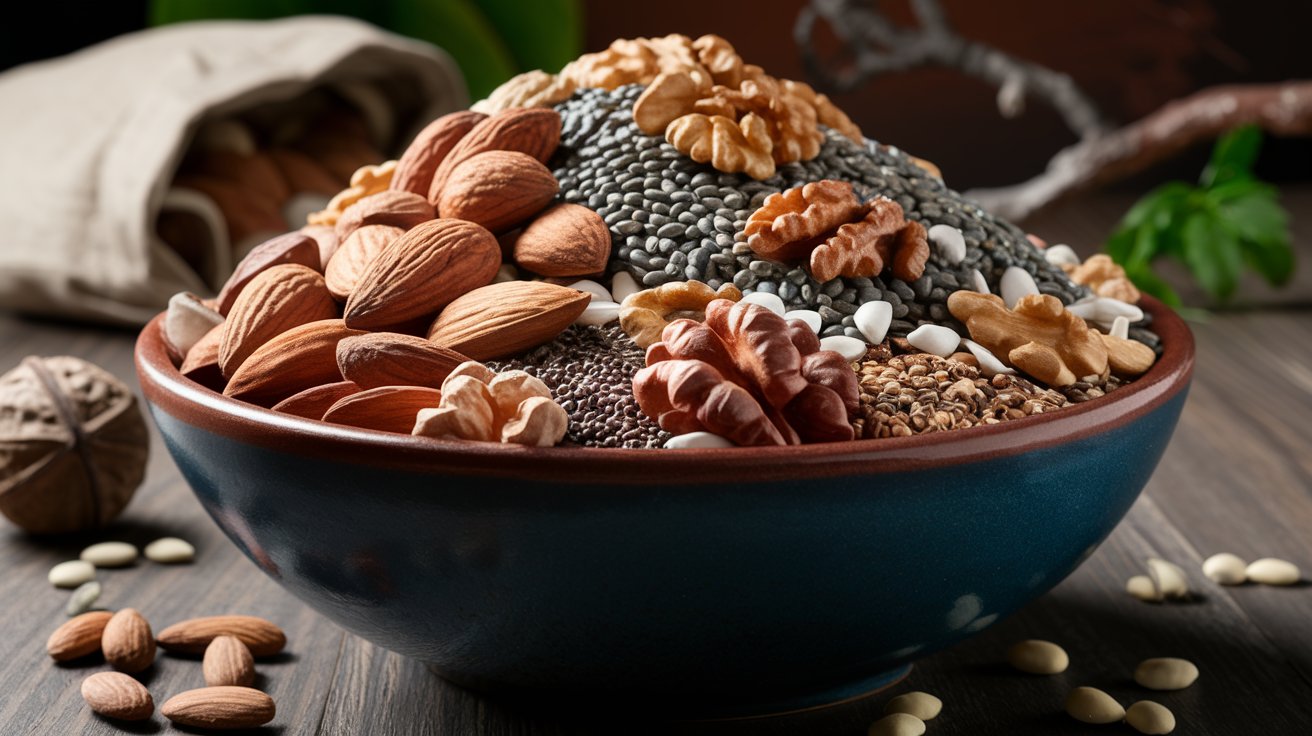
- Almonds: A handful of almonds provides around 6 grams of protein.
- Chia Seeds: These tiny seeds pack 4 grams of protein per ounce, and they’re rich in fiber and omega-3s.
- Sunflower Seeds: A crunchy snack option, sunflower seeds contain around 5 grams of protein per ounce.
6. Protein Powders and Supplements
Protein powders are a convenient way to boost your intake, especially if you struggle to meet your needs through food alone.
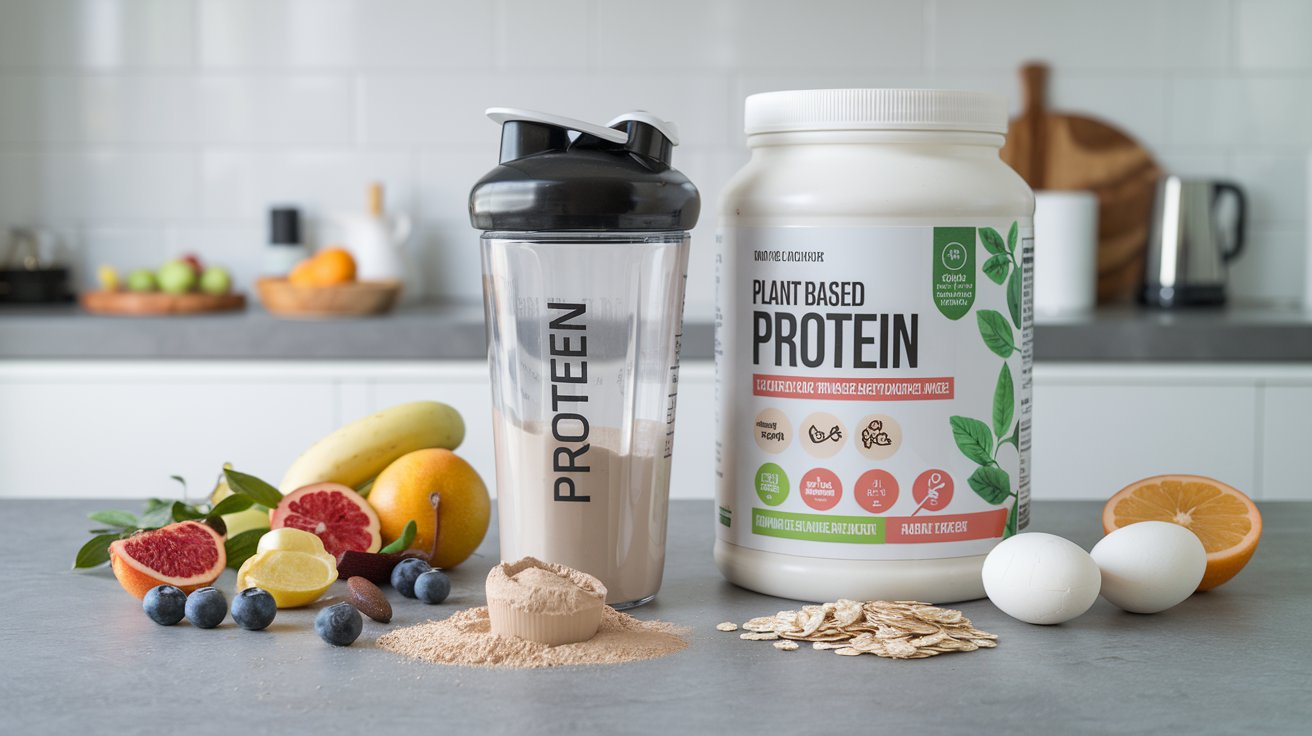
- Whey Protein: The most common type of protein supplement, derived from milk and easily digestible.
- Plant-Based Powders: Pea, hemp, and brown rice protein powders offer great options for those avoiding dairy.
- When to Use: Ideal post-workout or as a quick snack to meet daily protein goals.
7. Protein-Rich Snacks
Whether you’re on the go or need a mid-day pick-me-up, these high-protein snacks will keep you satisfied.
- Jerky: Beef, turkey, or even plant-based jerky provide a portable protein boost.
- Protein Bars: Look for bars that provide at least 10 grams of protein and are low in added sugars.
- Hard-Boiled Eggs: A convenient and protein-packed snack with 6 grams of protein per egg.
8. Complete vs. Incomplete Proteins
Not all proteins are created equal. Complete proteins provide all nine essential amino acids, while incomplete proteins lack one or more.
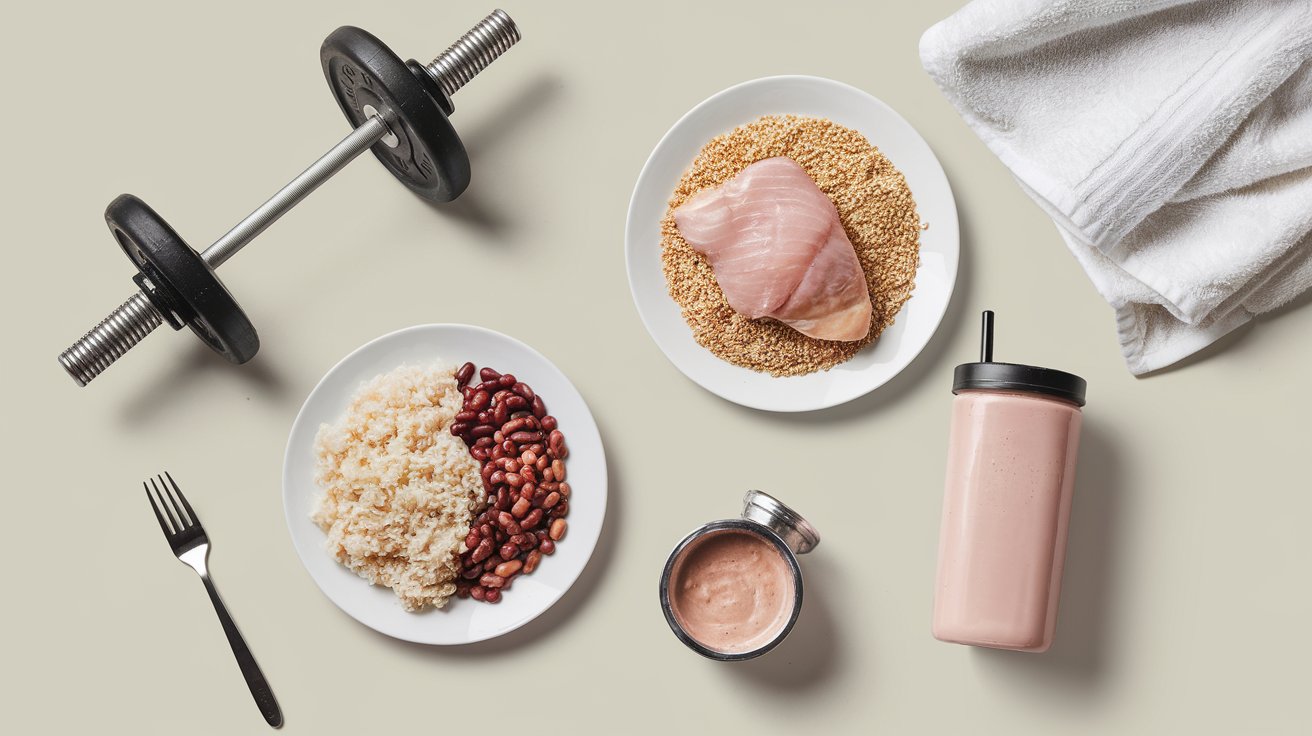
- Complete Proteins: Found in animal products, soy, and quinoa.
- Incomplete Proteins: Found in many plant foods like rice or beans. However, combining these can create a complete protein profile (e.g., rice and beans).
9. Protein and Muscle Building
Protein is crucial for muscle growth and repair, particularly for athletes or individuals engaging in strength training.
- Role in Muscle Repair: After exercise, protein helps repair damaged muscle fibers, leading to growth.
- Ideal Protein Sources for Muscle Building: Lean meats, fish, eggs, and protein powders are excellent for supporting muscle recovery.
10. Protein for Weight Management
Protein is not only important for muscle growth but also plays a significant role in weight management.
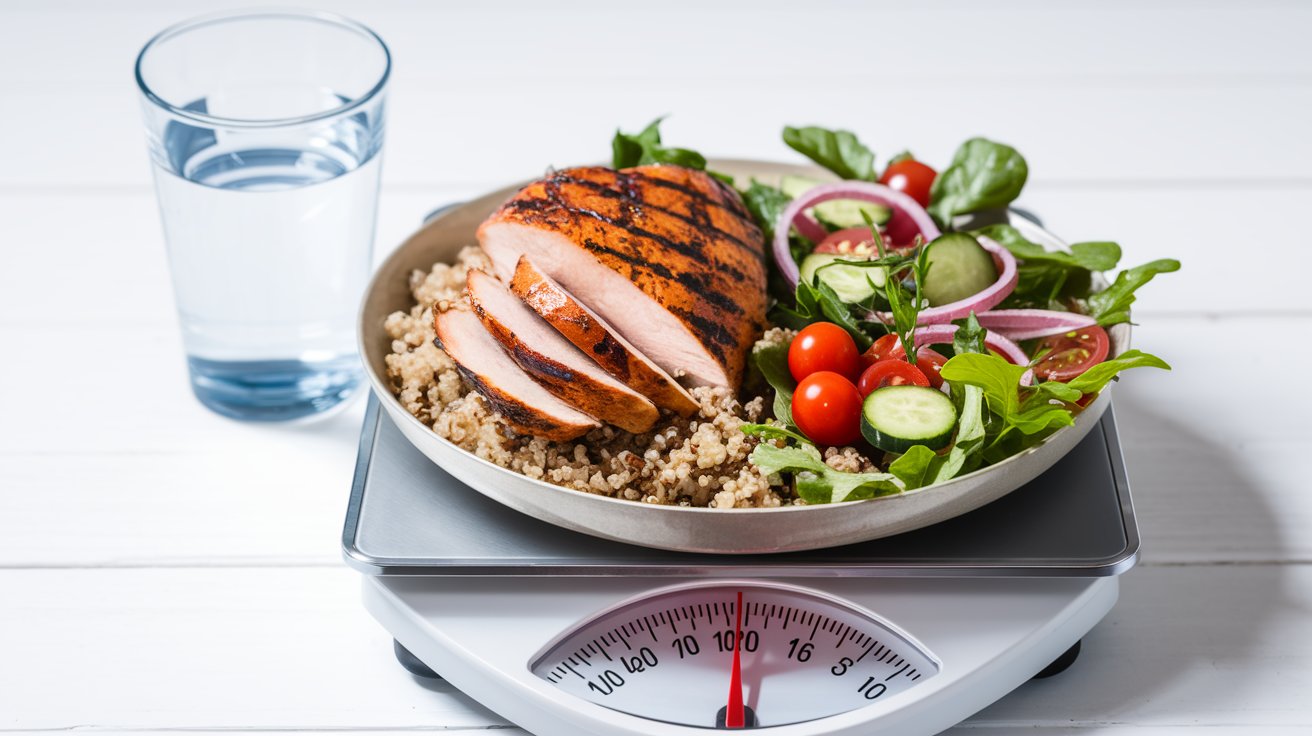
- Satiety: Protein promotes a lasting feeling of fullness, which can help decrease your total calorie consumption.
- Metabolic Boost: A high-protein diet can increase metabolism, helping you burn more calories even at rest.
11. Daily Protein Requirements
How much protein do you actually need?
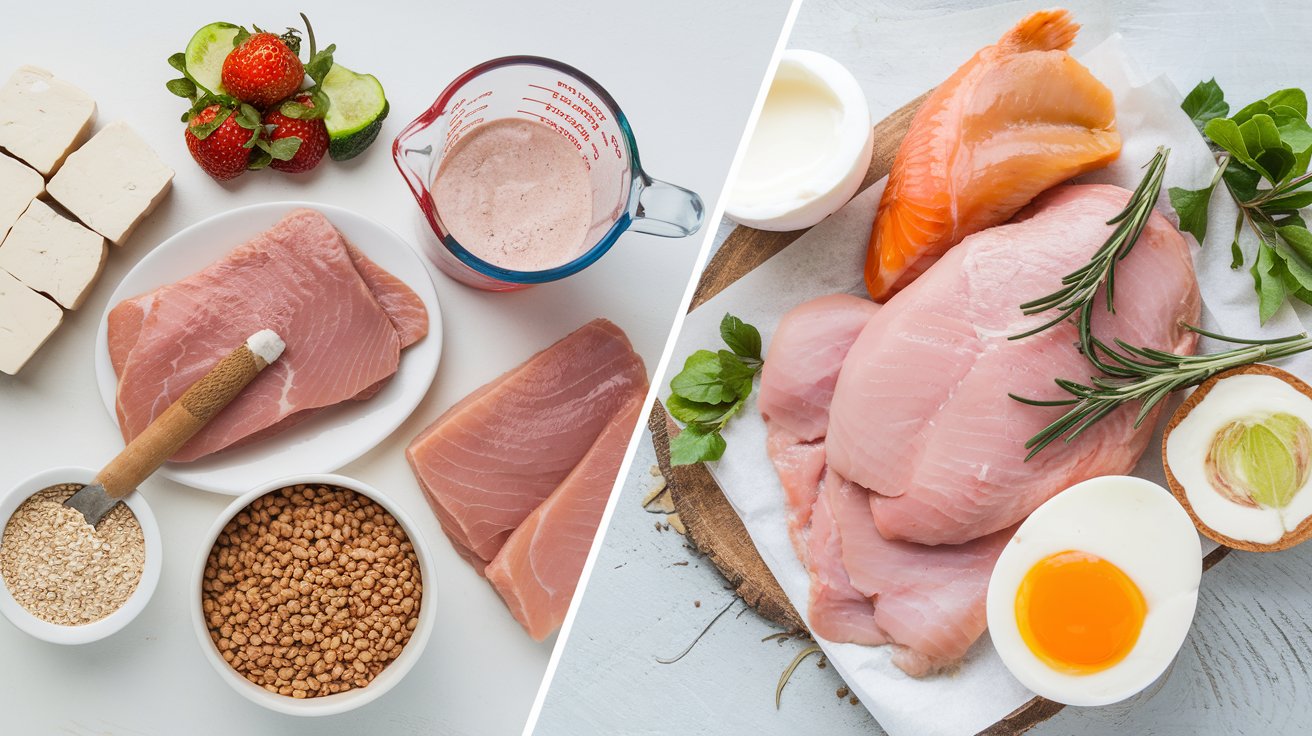
- General Guidelines: The recommended daily allowance (RDA) for protein is about 46 grams per day for women and 56 grams for men, though athletes and active individuals may require more.
- Calculating Your Needs: A good rule of thumb is 0.8 grams of protein per kilogram of body weight, though this can vary depending on your goals and activity level.
12. High-Protein Meal Ideas
Adding extra protein to your meals can be simple and enjoyable. Here are some meal ideas:
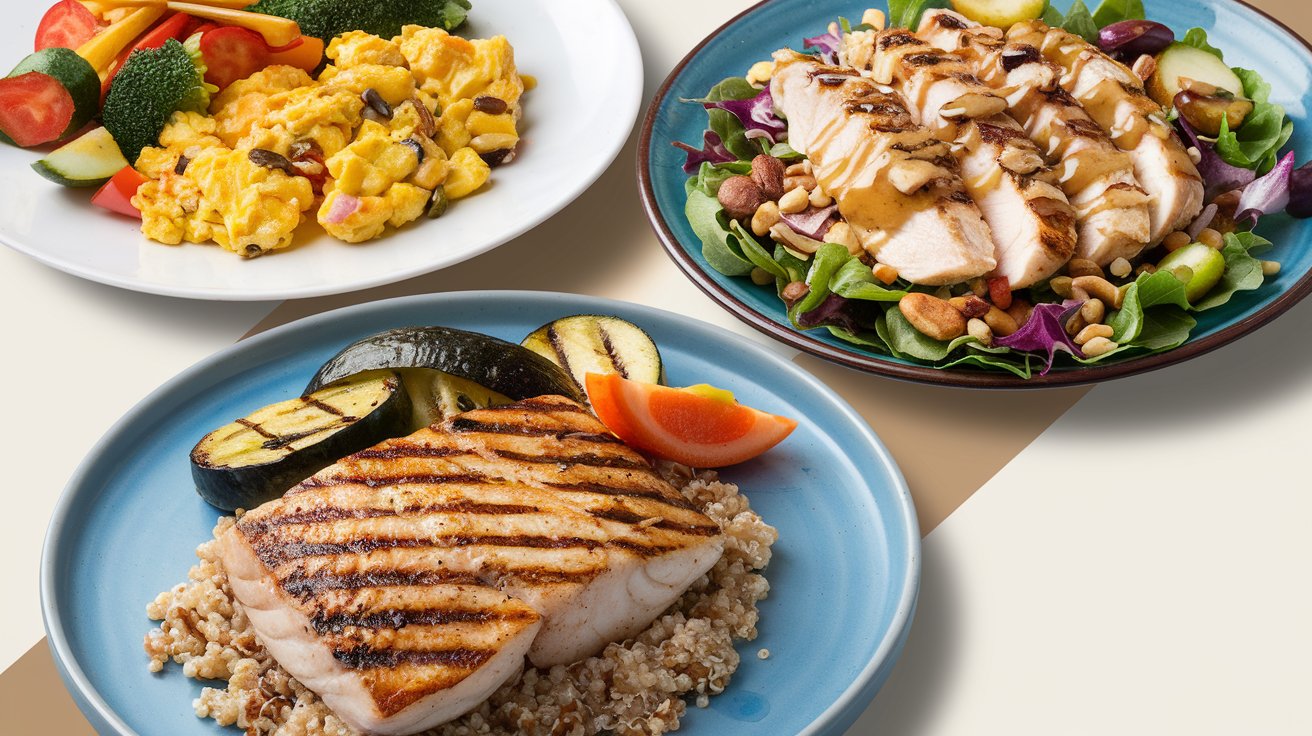
- Breakfast: Scrambled eggs with spinach and feta, or a smoothie with protein powder, spinach, and berries.
- Lunch: Grilled chicken salad with quinoa and avocado.
- Dinner: Baked salmon with roasted vegetables and a quinoa side.
13. Vegan and Vegetarian Protein Sources
For those avoiding animal products, it’s still possible to meet your protein needs with these foods:
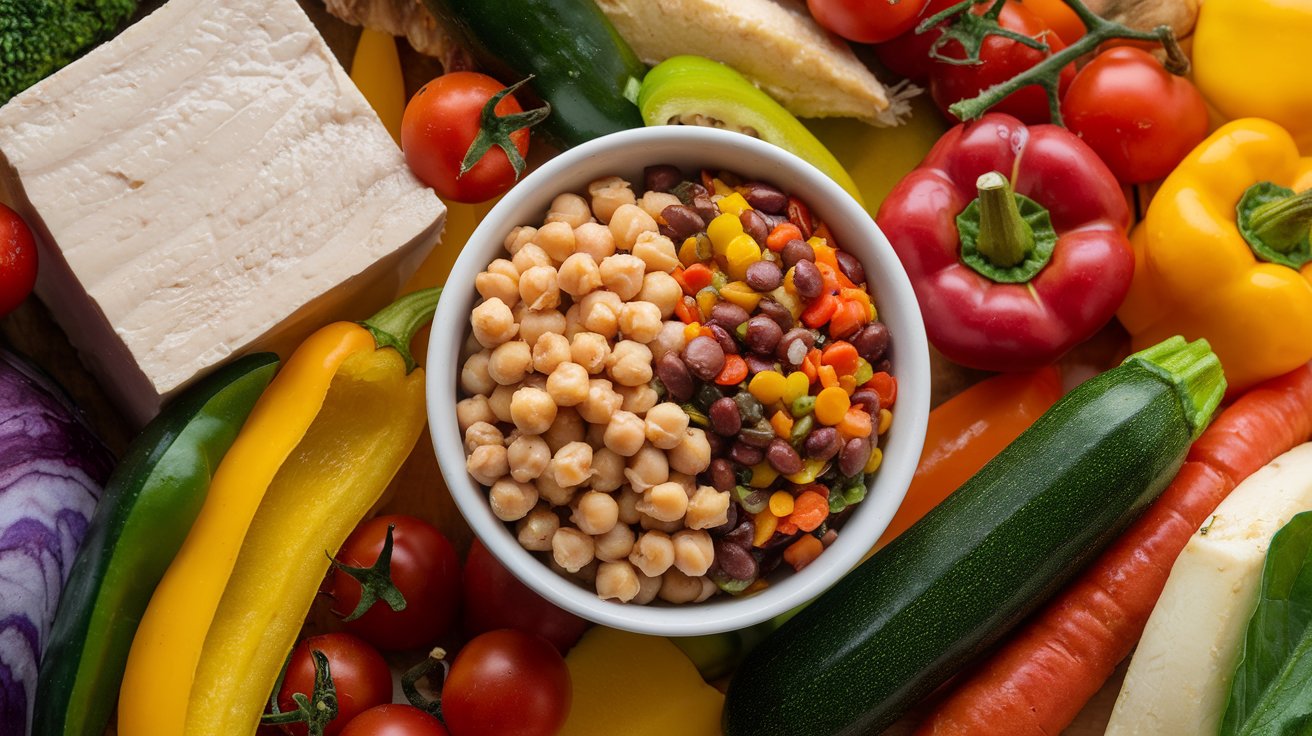
- Lentils and Chickpeas: A great base for soups, salads, or stews.
- Seitan: A wheat-based protein with a meaty texture, ideal for vegan dishes.
- Spirulina: This blue-green algae is a potent source of protein, often available in powder form for smoothies.
14. Common Myths About Protein
There are many misconceptions about protein that need to be addressed:
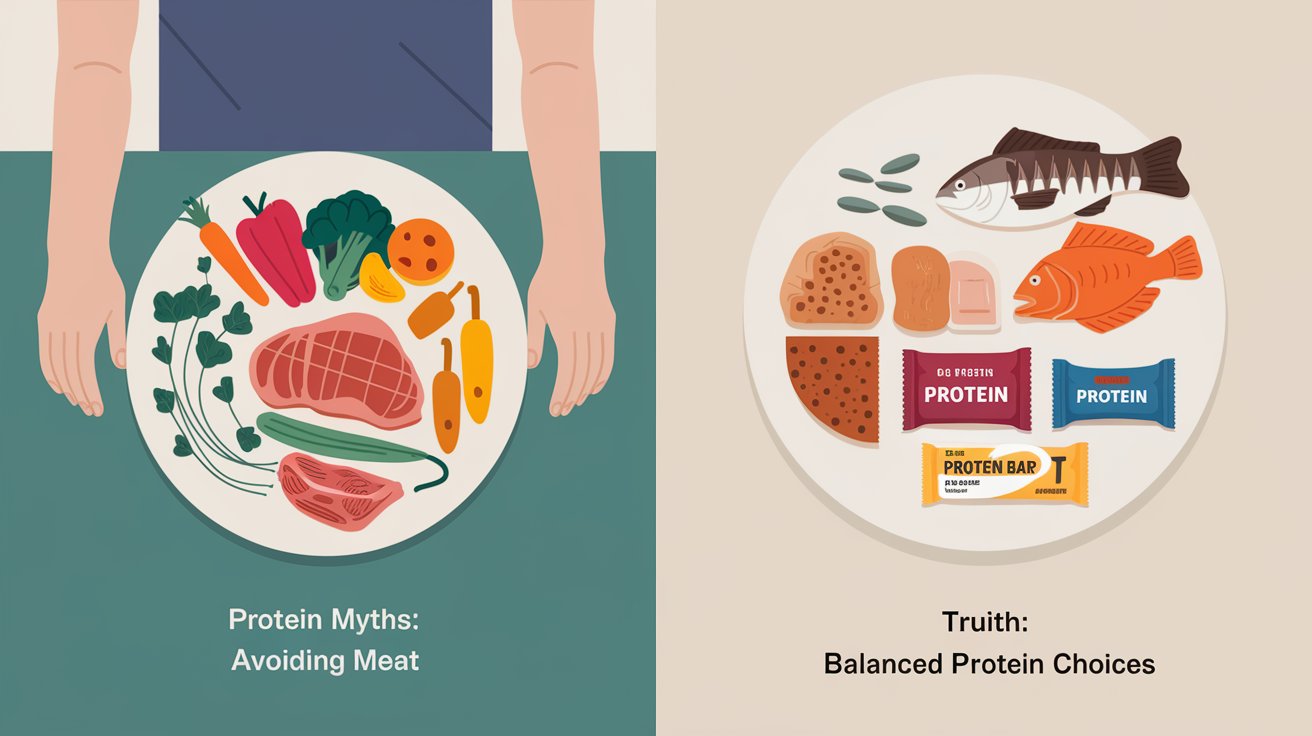
- Common misconception: ‘High-protein diets harm your kidneys.’ Studies indicate that healthy people can safely enjoy increased protein intake without negative effects.
- Misunderstanding: ‘Animal protein is essential for building muscle.’ When combined properly, plant-based proteins can be just as effective for muscle development.
Read more Articles
Munch Wisely: 10 Snacks with Low Calories for Weight Loss Success
15. FAQs about Protein
- How much protein do I need daily? Most people need about 0.8 grams of protein per kilogram of body weight, though this varies based on activity levels.
- Is it possible to eat too much protein? Excessive protein intake can strain the kidneys over time, but this is mostly a concern for individuals with pre-existing kidney conditions.
- When is the best time to eat protein? Consuming protein throughout the day, particularly after exercise, can support muscle repair and growth.
- What are the best plant-based protein sources? Lentils, tofu, tempeh, and quinoa are excellent plant-based proteins that can meet your dietary needs.
- Do I need protein supplements? While not necessary for everyone, protein supplements can be helpful for athletes or those struggling to meet their daily intake through food alone.
No products found.
Explore more Articles
16 Delicious High Protein Foods

Welcome to Merge Blog!
Dive into quick, nutritious recipes, expert health tips, local food finds, and the latest in nutrition. Let’s explore healthier living together!

I’m Divya Bharathi, the person behind MergeBlog. I’m a passionate food enthusiast sharing simple, nutritious recipes and tips for a balanced lifestyle. Join me on this delicious journey!
Divya Bharathi
SUBSCRIBE & FOLLOW
MUST-READ ARTICLES
Join the Newsletter
Dive into quick, nutritious recipes, expert health tips, local food finds, and the latest in nutrition. Let’s explore healthier living together!
